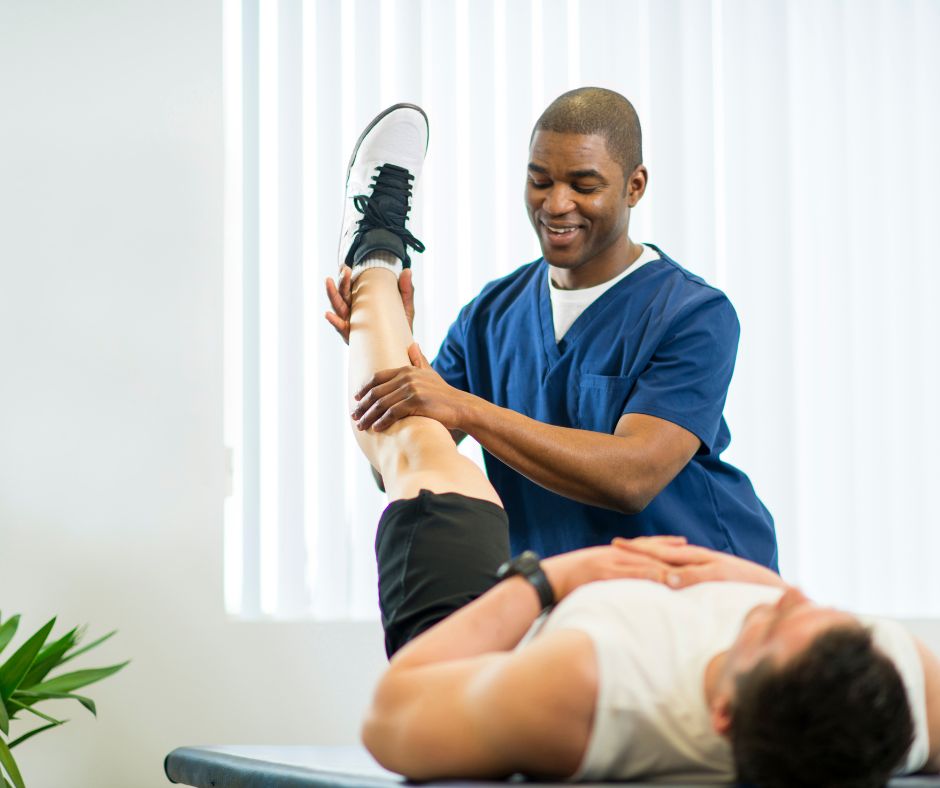One common method used in physical is therapeutic exercise. This includes targeted movements and activities that help strengthen muscles, enhance range of motion, and boost endurance. For instance, a client rehabilitating from knee surgery may perform workouts that concentrate on restoring power in the leg muscles. These activities are meticulously chosen based on the patient’s status and goals. By incrementally increasing the intensity and complexity of the exercises, physiotherapy practitioners can help clients recover their strength and movement over time.

Another crucial method is manual therapy, which comprises physical methods to manipulate the body’s tender tissues and articulations. This can involve stretching, joint movement, and massage. Hands-on therapy aims to relieve pain, minimize inflammation, and improve blood flow. For instance, a practitioner may apply helpful site gentle pressure to ease stress in tight muscles or to assist a joint function more freely. This method is often combined with other therapies to improve rehabilitation and promote recovery. Patients often consider manual treatment to be a relaxing and beneficial way to manage their discomfort.
In addition to workouts and manual treatment, education plays a vital role in physiotherapy. Therapists instruct patients about their conditions and how to handle them effectively. This may entail guidance on correct posture, physical mechanics, and strategies to prevent subsequent injuries. For example, a therapist might demonstrate a patient how to lift heavy items properly to prevent straining their spine. By empowering clients with understanding, physical practitioners help them take an active part in their recovery and promote long-term wellness and fitness.
Finally, technological advancements is increasingly being incorporated into physical methods. Tools such as sonography, electrical impulses, and immersive reality can improve traditional therapy approaches. These tools can help alleviate pain, encourage healing, and offer engaging ways for clients to engage in their rehabilitation. For example, virtual environments can create engaging environments for clients to rehearse movements in a controlled and protected setting. As advancements continues to evolve, it provides promising possibilities for enhancing recovery outcomes in physiotherapy.
In conclusion, physiotherapy includes a variety of methods that work together to assist recovery and rehabilitation. Through rehabilitative exercises, manual treatment, patient instruction, and the use of technological tools, physiotherapy practitioners provide holistic care customized to each patient’s needs. This holistic approach not only helps patients recover their physical capabilities but also enables them to sustain their well-being in the long future. As an increasing number of people acknowledge the advantages of physical, it continues to serve a vital role in the pathway toward improved well-being and well-being.